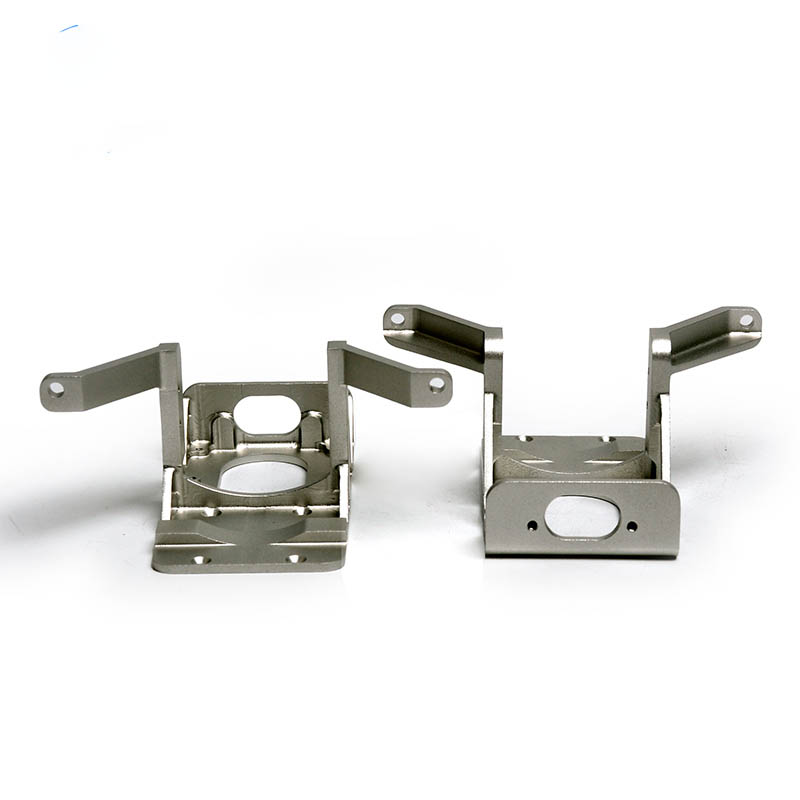
In the world of metalworking, understanding the different types of welds is crucial to mastering the craft. Welding is not just about joining metal pieces together – it’s a precise skill that requires knowledge of various techniques. By delving into the basics of welding, individuals can enhance their skills and become more proficient in their welding projects.
Welding is the process of joining two or more metal pieces together through the application of heat or pressure. It is a fundamental technique used in various industries, including construction, manufacturing, and automotive. Welding plays a critical role in creating structures, machinery, and products that we use in our daily lives.
There are several different welding processes, each with its own set of advantages and disadvantages. Choosing the right welding process for a particular job is essential to ensure a strong and durable weld. Whether it’s MIG, TIG, Stick, Flux-Cored, or Submerged Arc welding, understanding the nuances of each process is key to producing high-quality welds.
The 5 basic weld types – MIG, TIG, Stick, Flux-Cored, and Submerged Arc welding – are the building blocks of welding knowledge. Each type has its unique characteristics and applications, making them essential skills for any aspiring welder to master. By familiarizing yourself with these basic weld types, you can expand your welding repertoire and tackle a wider range of projects.
When choosing a welding process for a specific project, several factors must be considered, including the material, thickness, and welding position. Understanding the requirements of the project and the capabilities of each welding process is essential to achieving a successful weld. By evaluating the options and selecting the most appropriate weld type, you can ensure a strong and durable bond between metal pieces.
Even experienced welders can make mistakes, but learning how to identify and avoid common welding errors is key to producing quality welds. Issues such as improper electrode angle, insufficient heat input, and inadequate cleaning of the metal surface can result in weak or defective welds. By understanding common welding mistakes and implementing corrective measures, welders can improve their skills and produce better welds.
Understanding the 5 basic weld types is essential for any aspiring welder looking to advance their skills and tackle a wide range of projects. By mastering MIG, TIG, Stick, Flux-Cored, and Submerged Arc welding techniques, individuals can enhance their welding capabilities and produce high-quality welds. Whether you’re a beginner or an experienced welder, continuing to learn and improve your welding skills is essential for success in the dynamic and evolving field of metalworking.